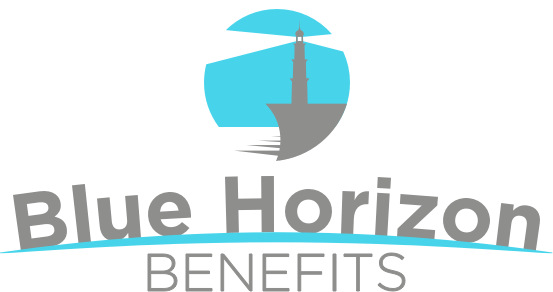Seven Steps to a Successful Open Enrollment
If you view annual open enrollment as a simple box-checking exercise, you’re likely missing out on helping your staff get the most out of the benefits you provide.
Instead, if you approach open enrollment as a chance to strengthen employee engagement, control costs and help your workforce understand the full value of your benefits program, you’ll likely boost participation and satisfaction among your staff.
With health care costs rising, financial stress growing and multiple generations in the workforce, employers need to approach open enrollment as a strategic initiative rather than a compliance deadline. This is more important than ever given rapidly rising premiums that will affect both your organization and your staff.
Here are seven best practices to keep in mind:
1. Focus on generational needs
Employees at different life stages want different things from their benefits:
- Gen Z often looks for flexibility and mental health resources.
- Millennials focus on balancing family and financial security.
- Gen X may prioritize saving for retirement.
- Baby boomers often care most about health coverage and stability.
Tailoring communication and plan design to these priorities can boost engagement across the board.
2. Avoid two big mistakes
Employers often make two main mistakes you’ll want to avoid:
- Overloading employees with materials and presentations full of jargon. This is a sure way to lose their interest.
- Failing to provide the necessary support to help them make decisions about which plan to choose.
Keep messaging simple, practical and easy to understand. Provide comparison tools, FAQs and one-on-one support when possible so employees don’t feel lost.
3. Do what works
Personalize your benefits education by providing tailored communications for each generation in your workplace. Use multiple communication channels like text messages, e-mail, print materials and the company intranet.
Help employees understand how benefits support their physical and mental health as well as their long-term financial security.
4. Provide year-round benefits communications
Regular benefits communications throughout the year can make open enrollment much easier for your staff. Some ideas include:
- Reminders about their benefits and how they can use them.
- Micro-learning tools, which deliver training in short, focused lessons through platforms like mobile devices and learning management systems. These tools improve knowledge retention and boost engagement.
- Fact sheets on the benefits they are eligible for to help them discover options they may not know about but would like to have.
5. Plan ahead
The most effective open enrollment strategies are carefully planned. As part of this process:
- Review last year’s open enrollment results.
- Set clear goals.
- Segment your employee population to identify gaps and opportunities.
- Track outcomes so you can improve each year.
6. Consider new tech
Digital decision-support tools, including AI-driven platforms, can simplify open enrollment by providing employees with personalized plan recommendations.
These tools also give HR teams valuable data on employee behavior and preferences, which can guide future plan design and communication.
7. Play up the benefits of benefits
Frame your offerings as a stabilizing force. Emphasize that benefits provide consistency and protection when life is unpredictable, giving employees confidence that their health, income and families are supported no matter the circumstances.
By framing benefits as a safety net, you can show your staff how these programs help provide stability in daily life.
Takeaway
Employers who approach open enrollment strategically — with a focus on affordability, engagement and education — can turn a required process into a competitive advantage.
By meeting employees where they are and communicating clearly, you reinforce the value of your benefits program and strengthen trust within your organization.









